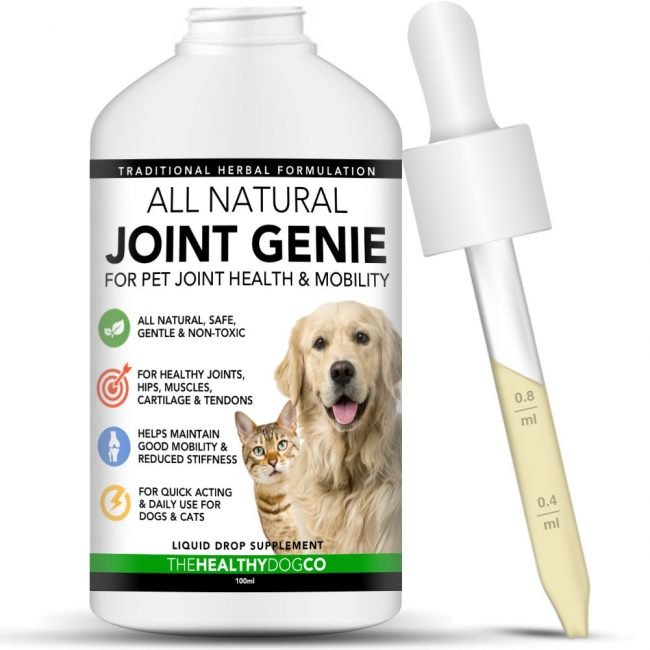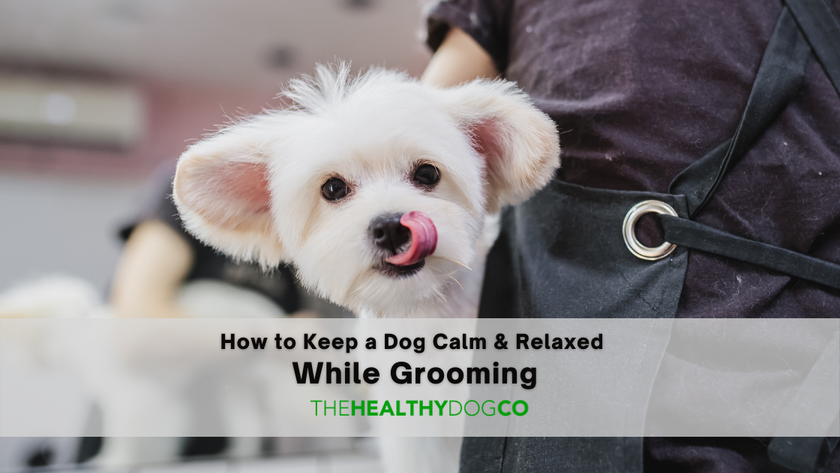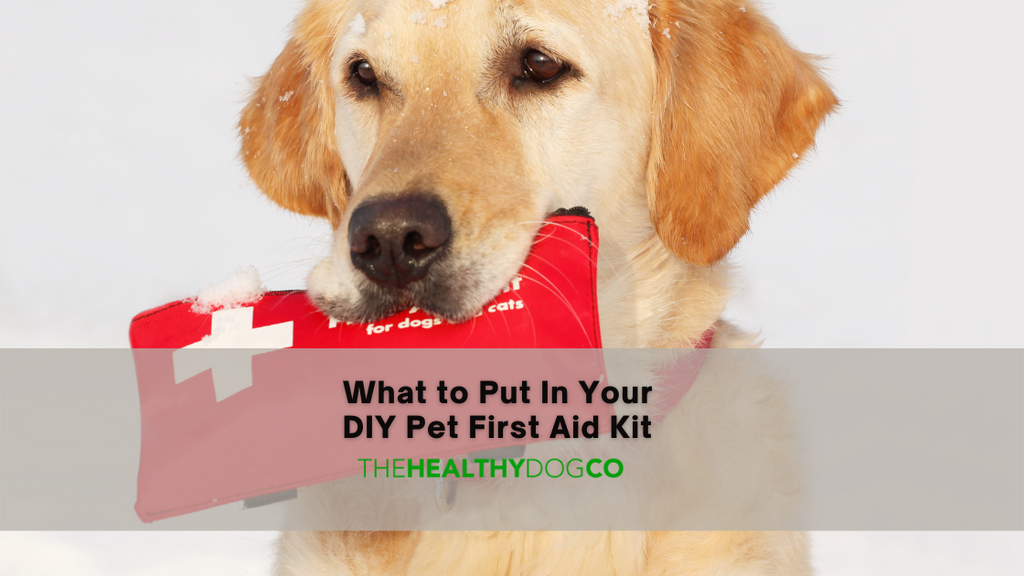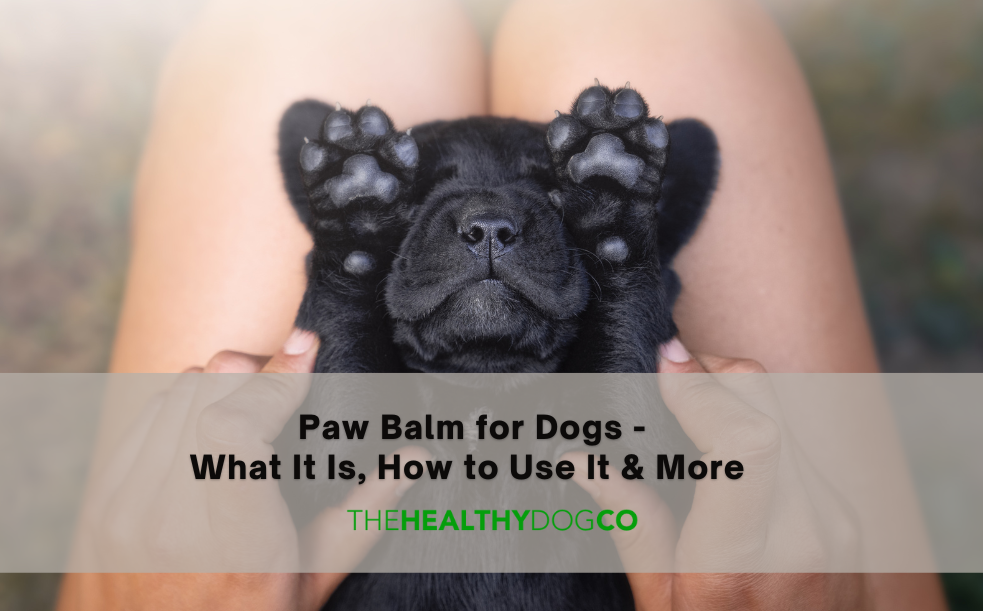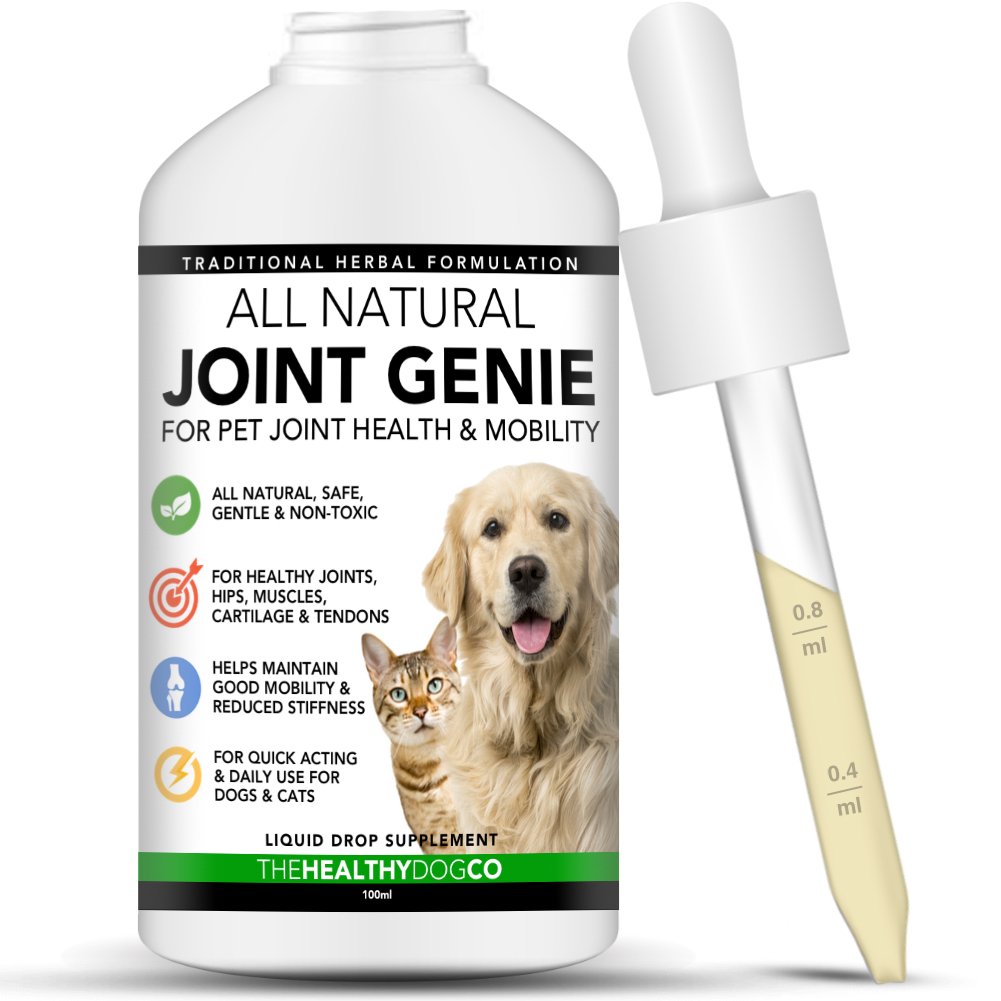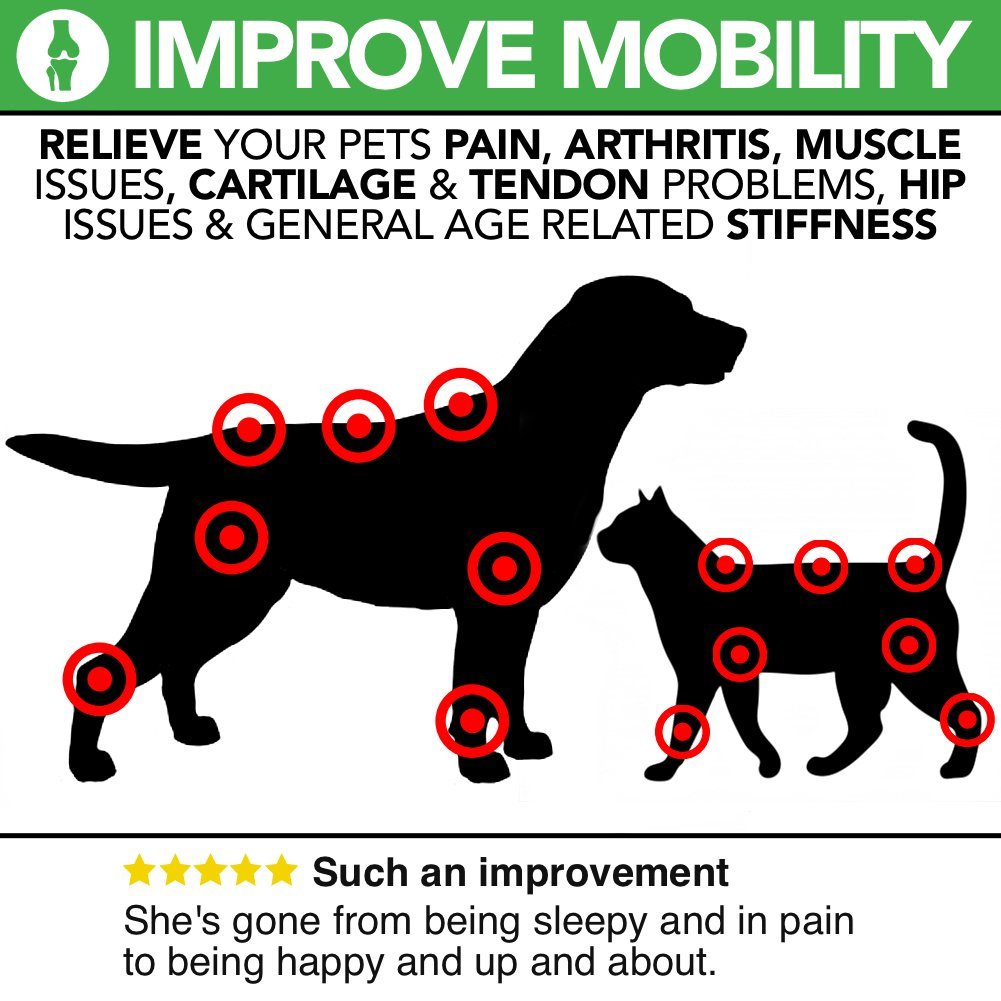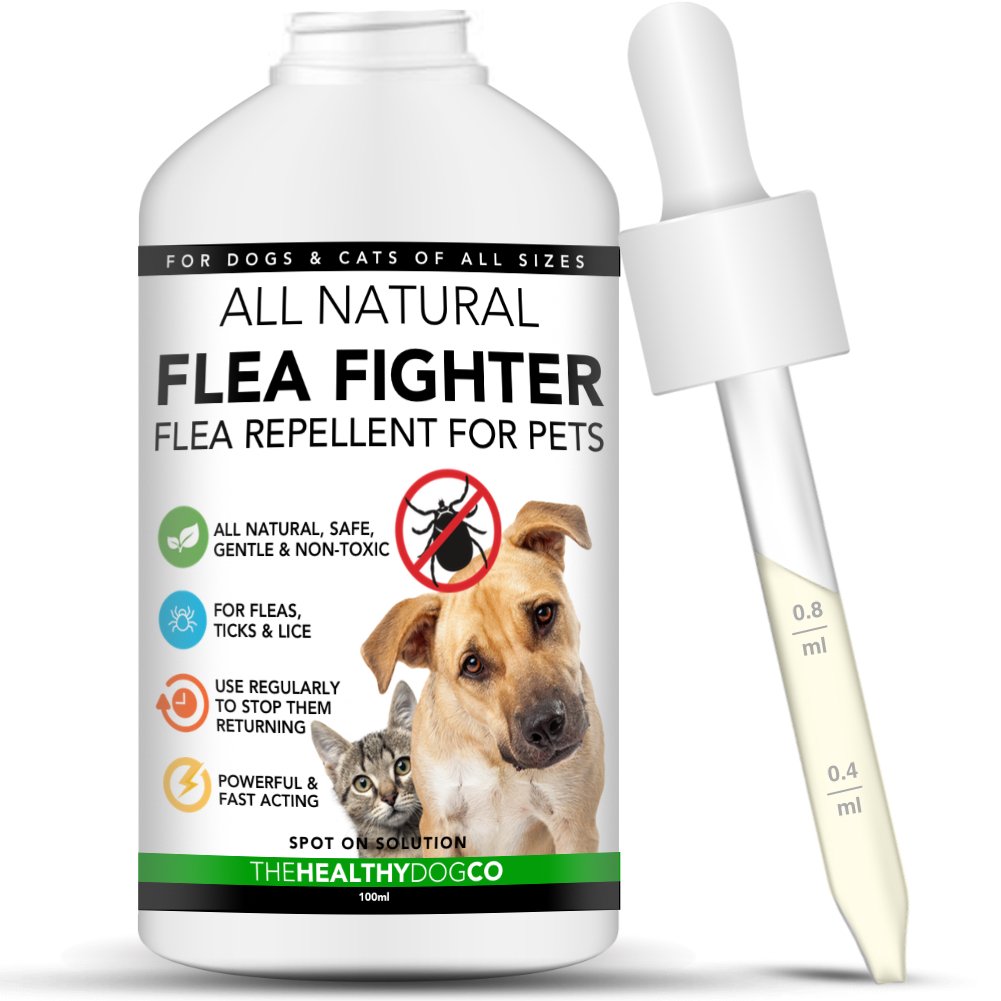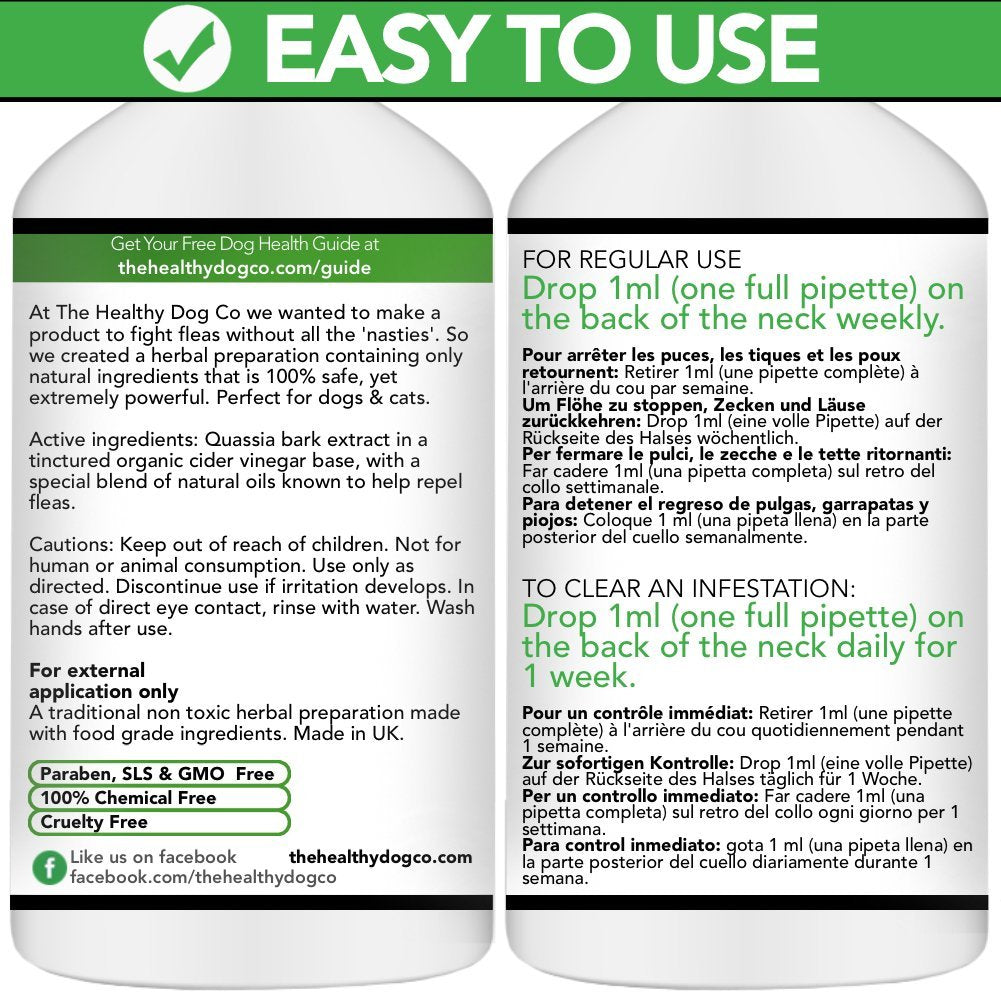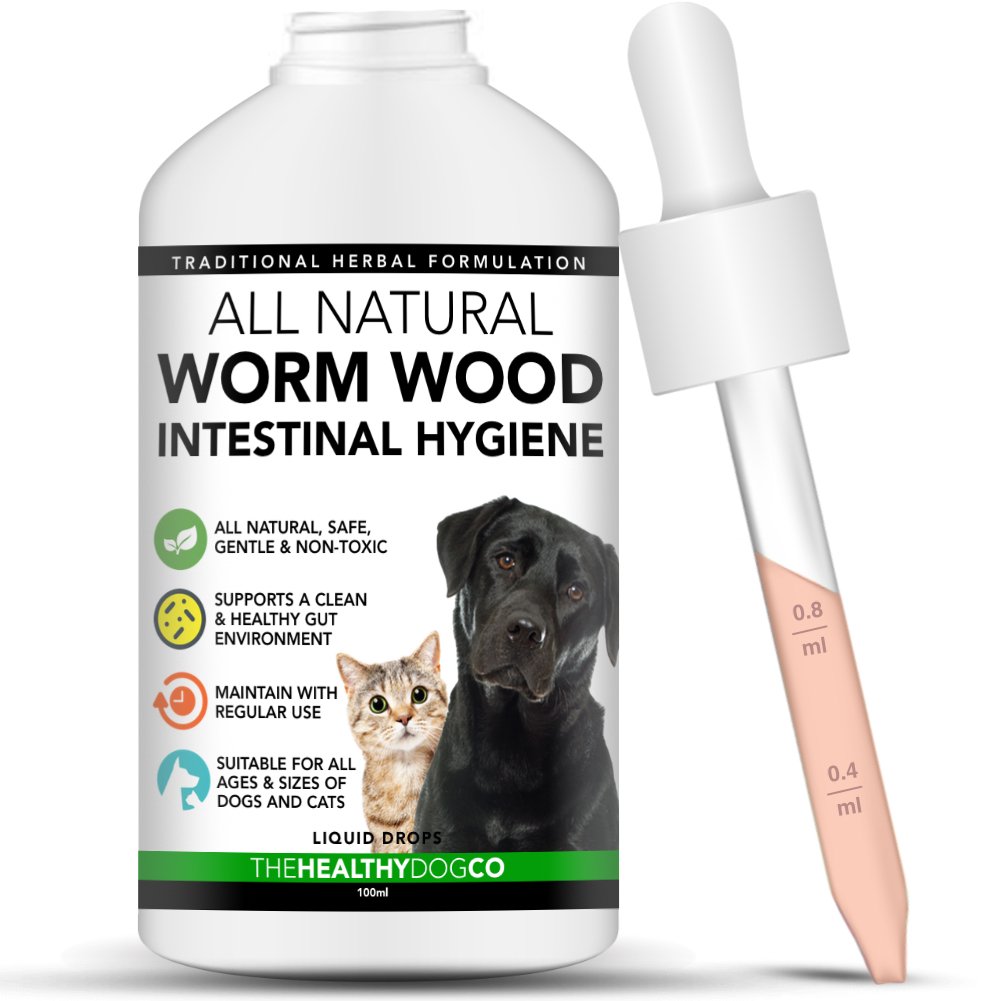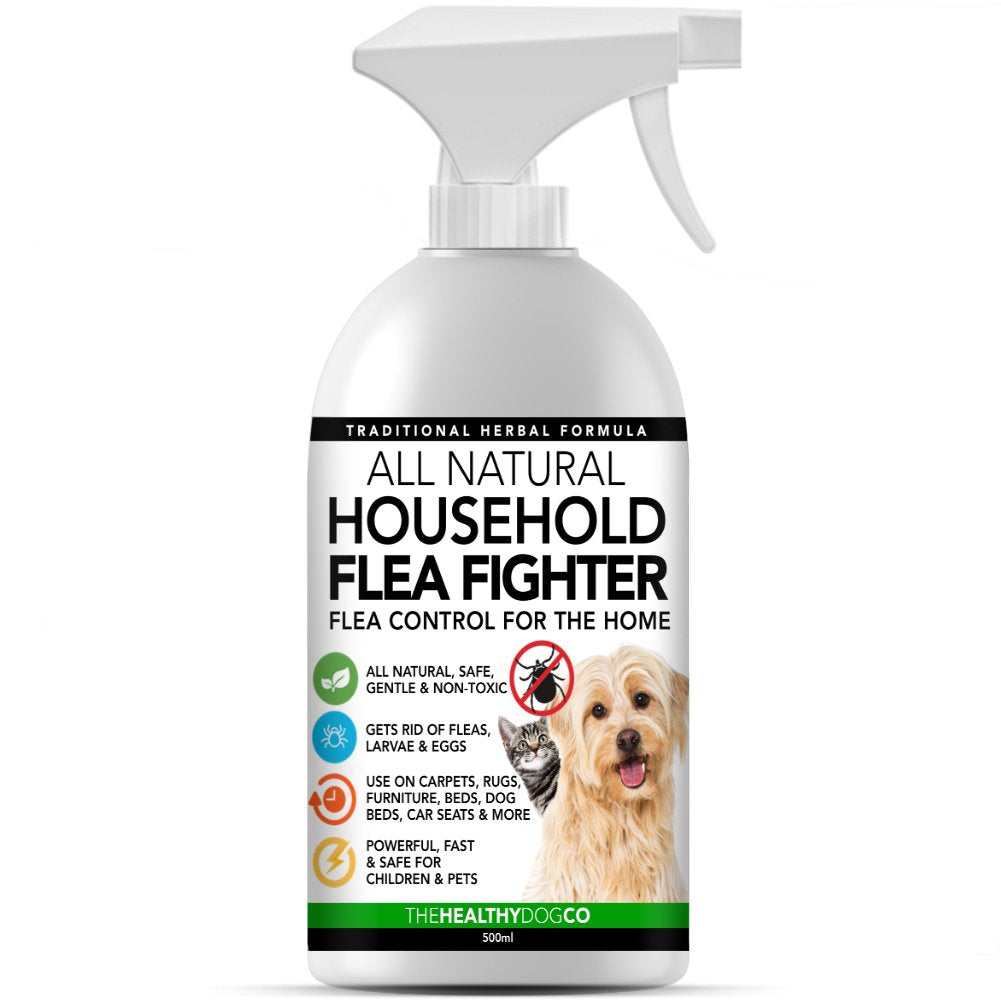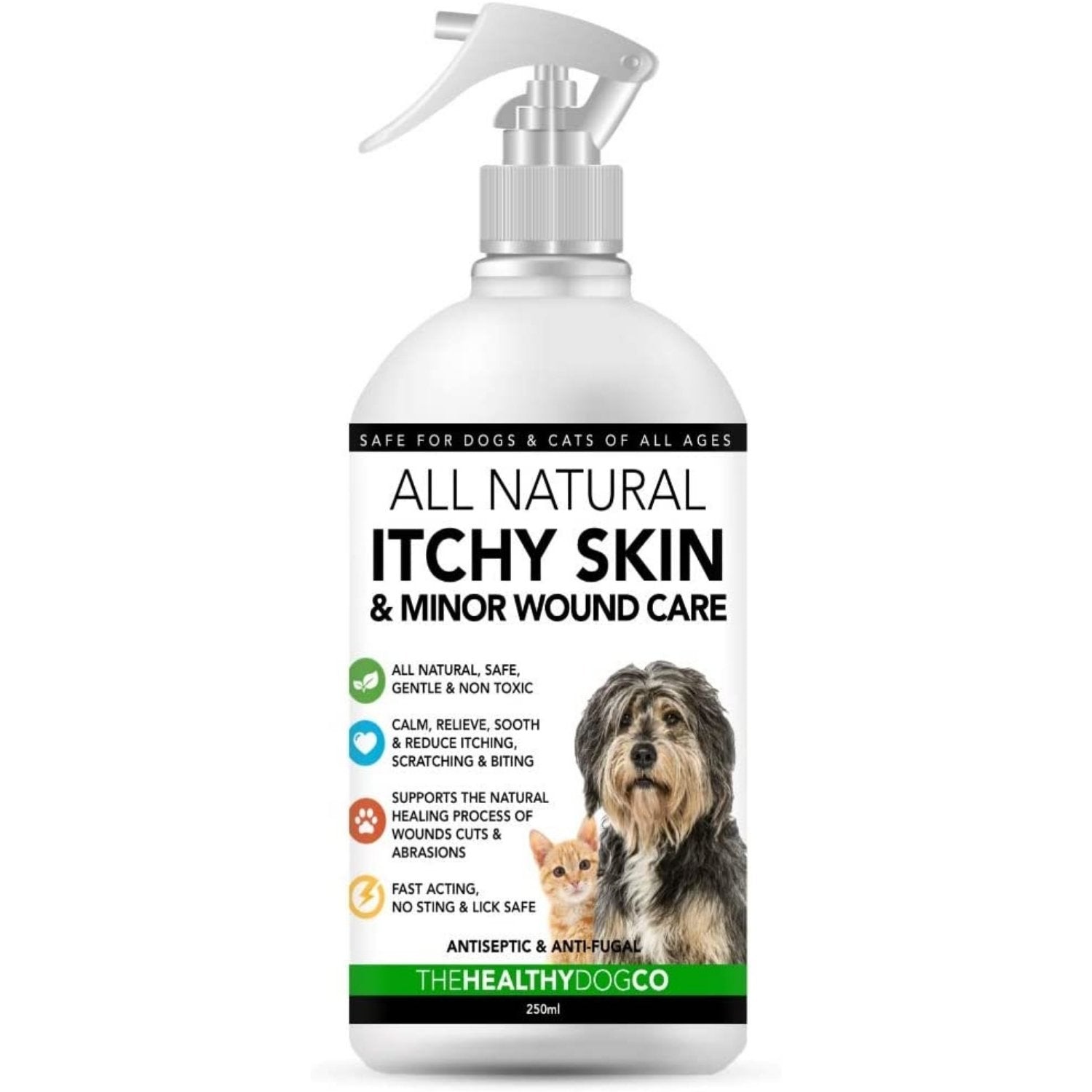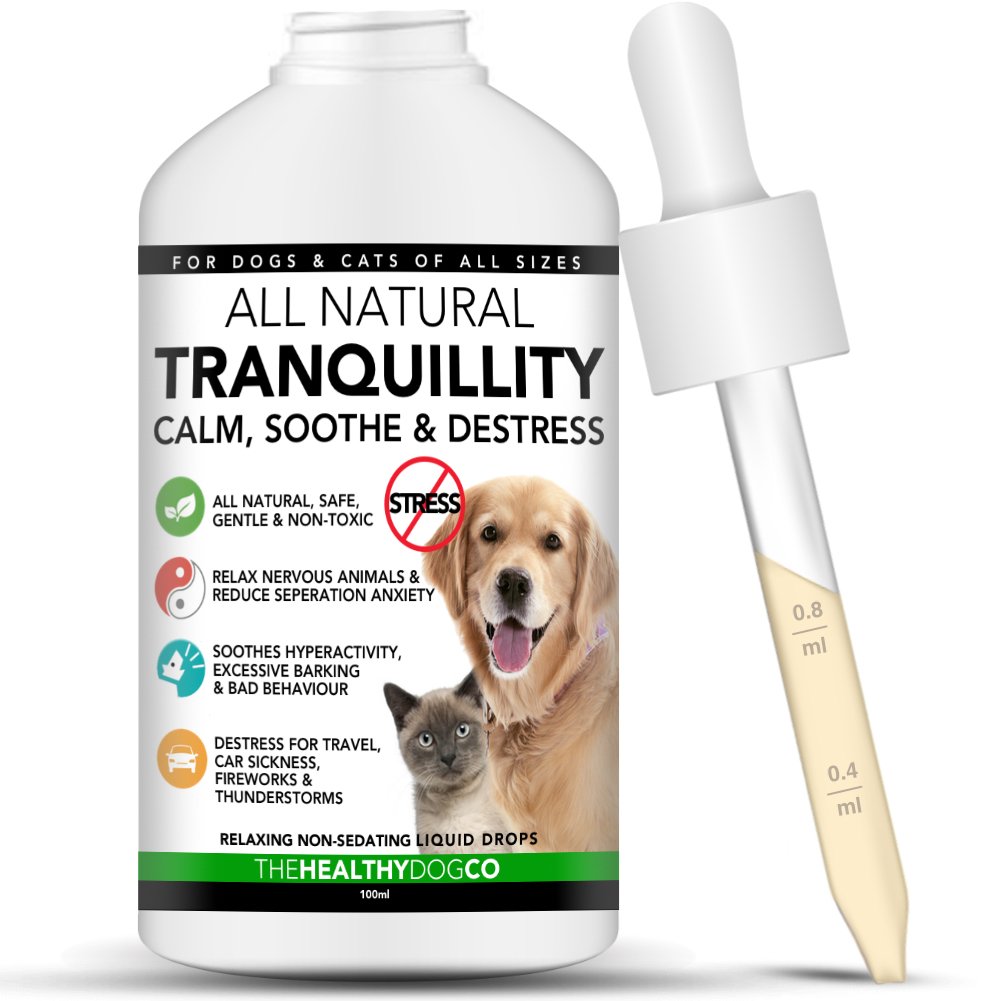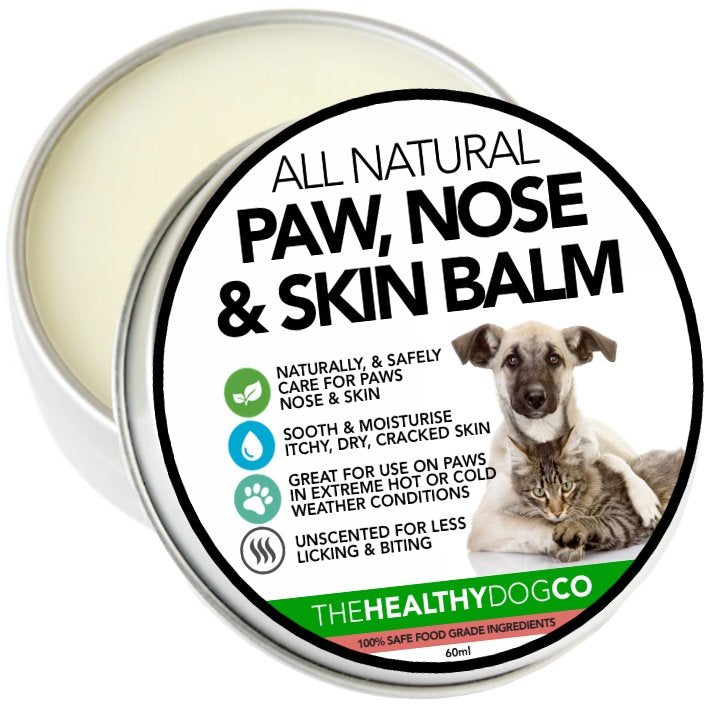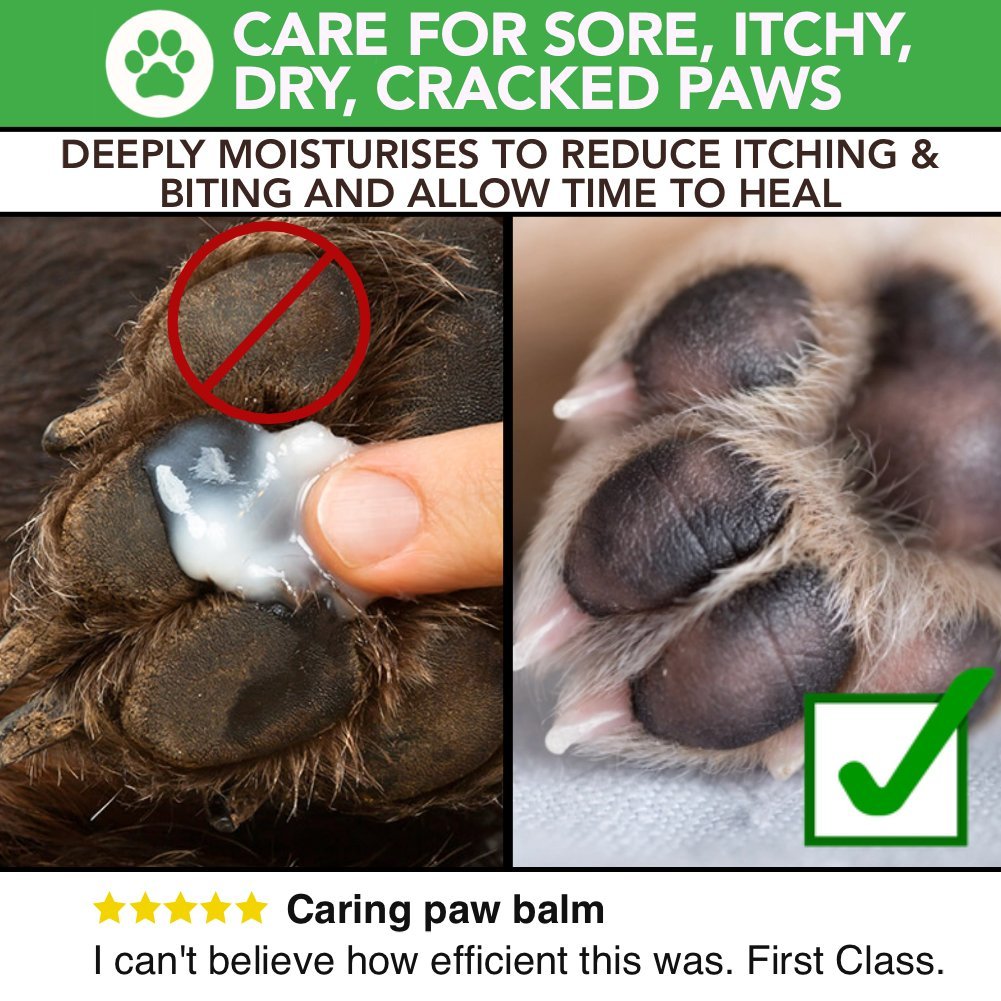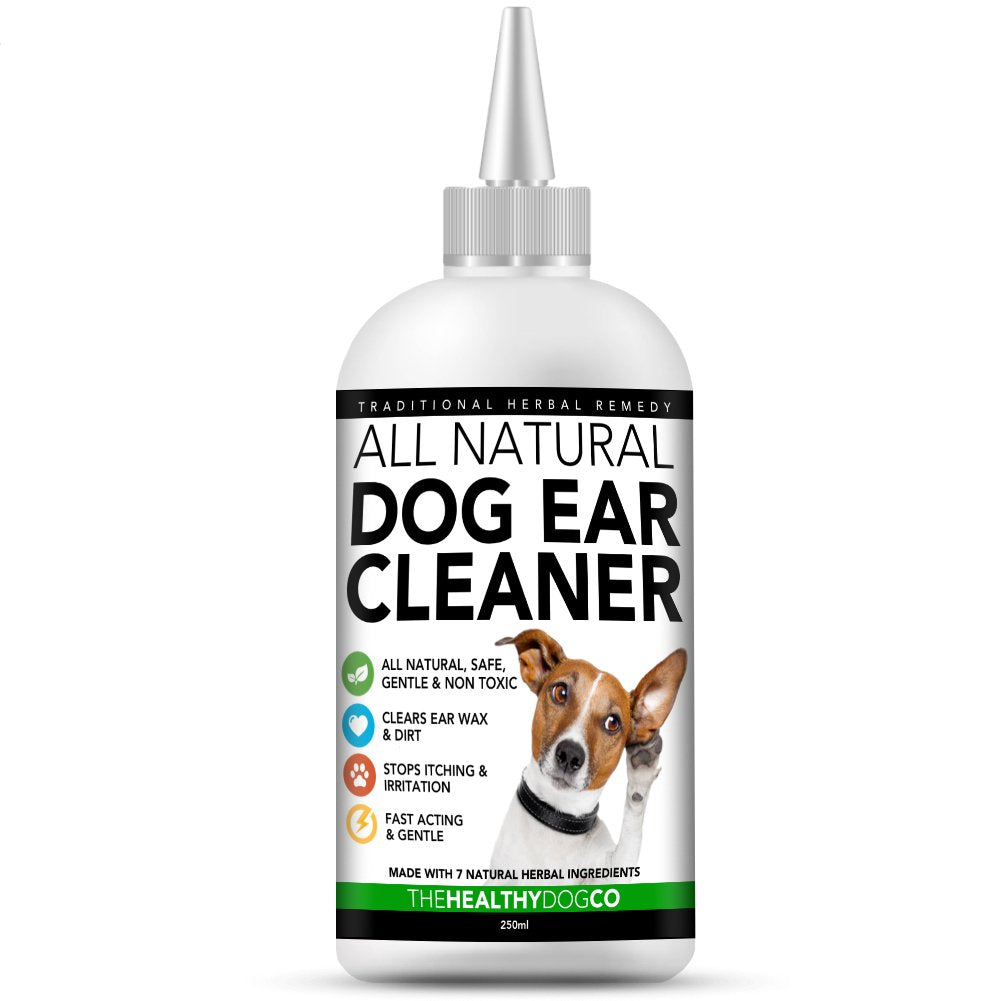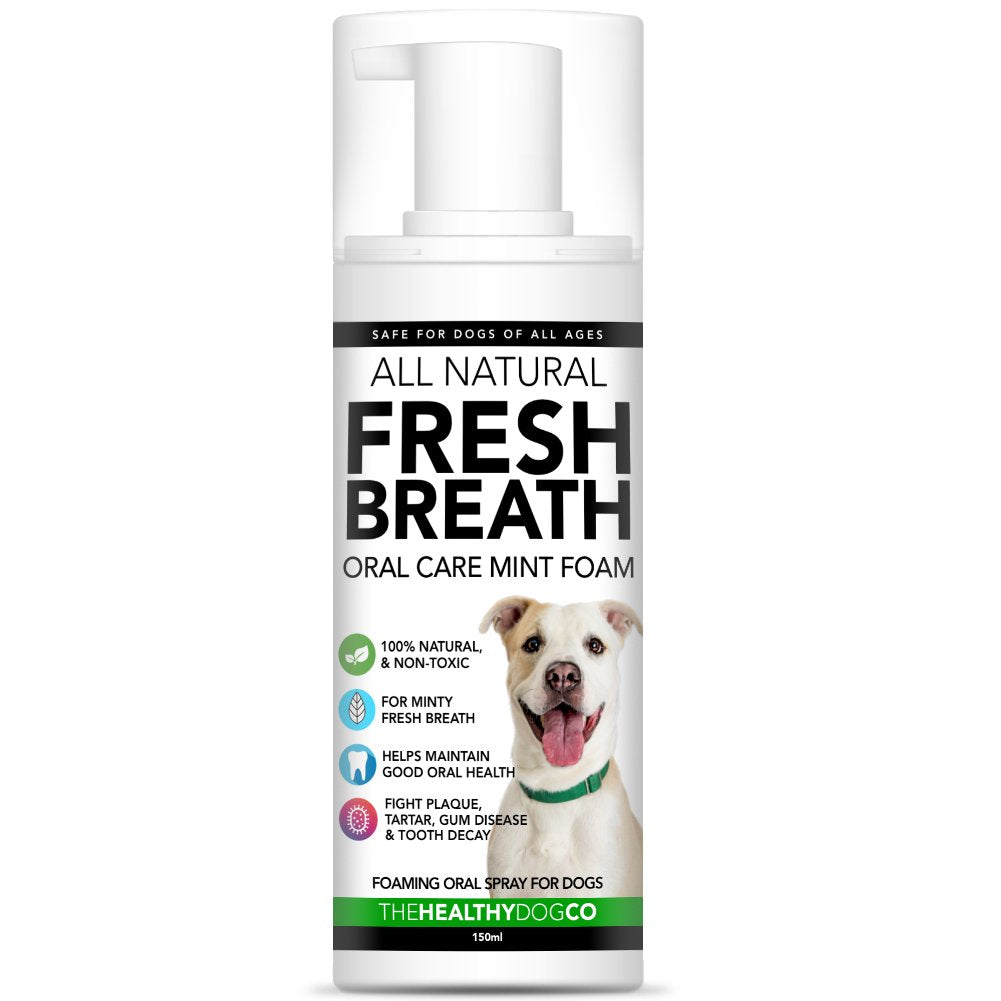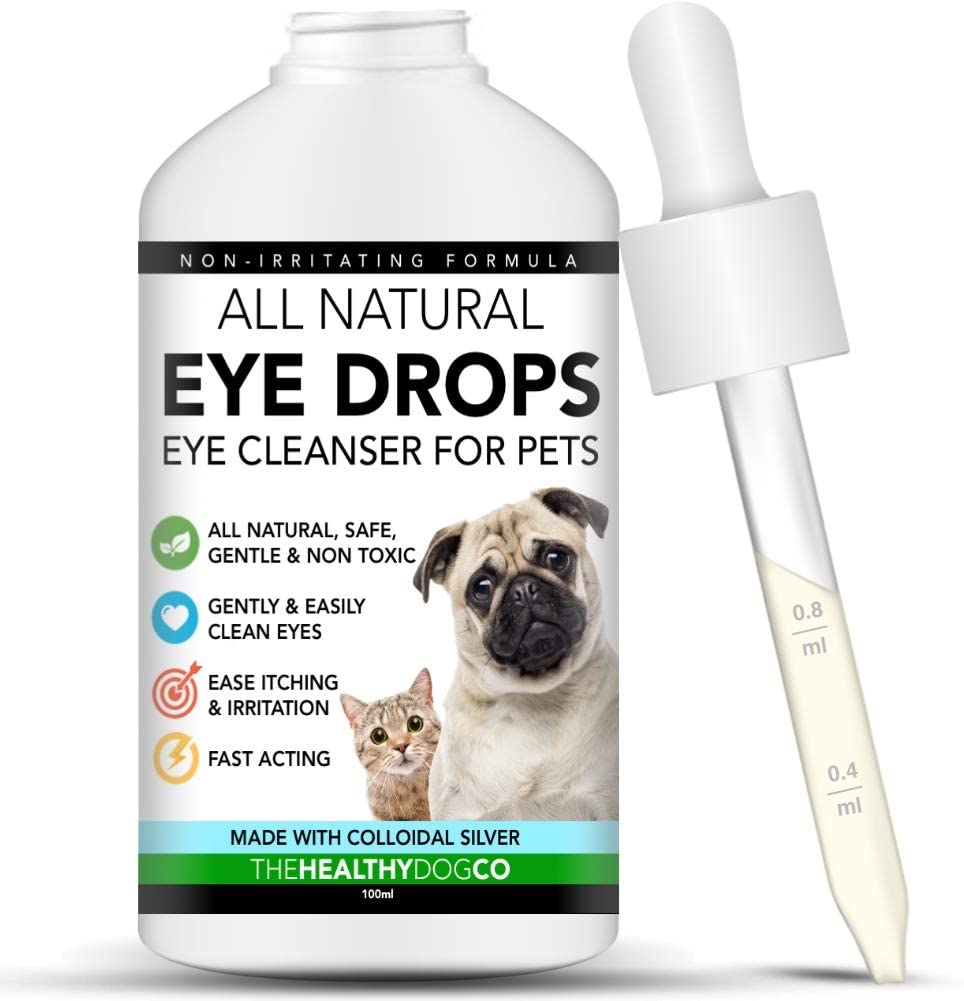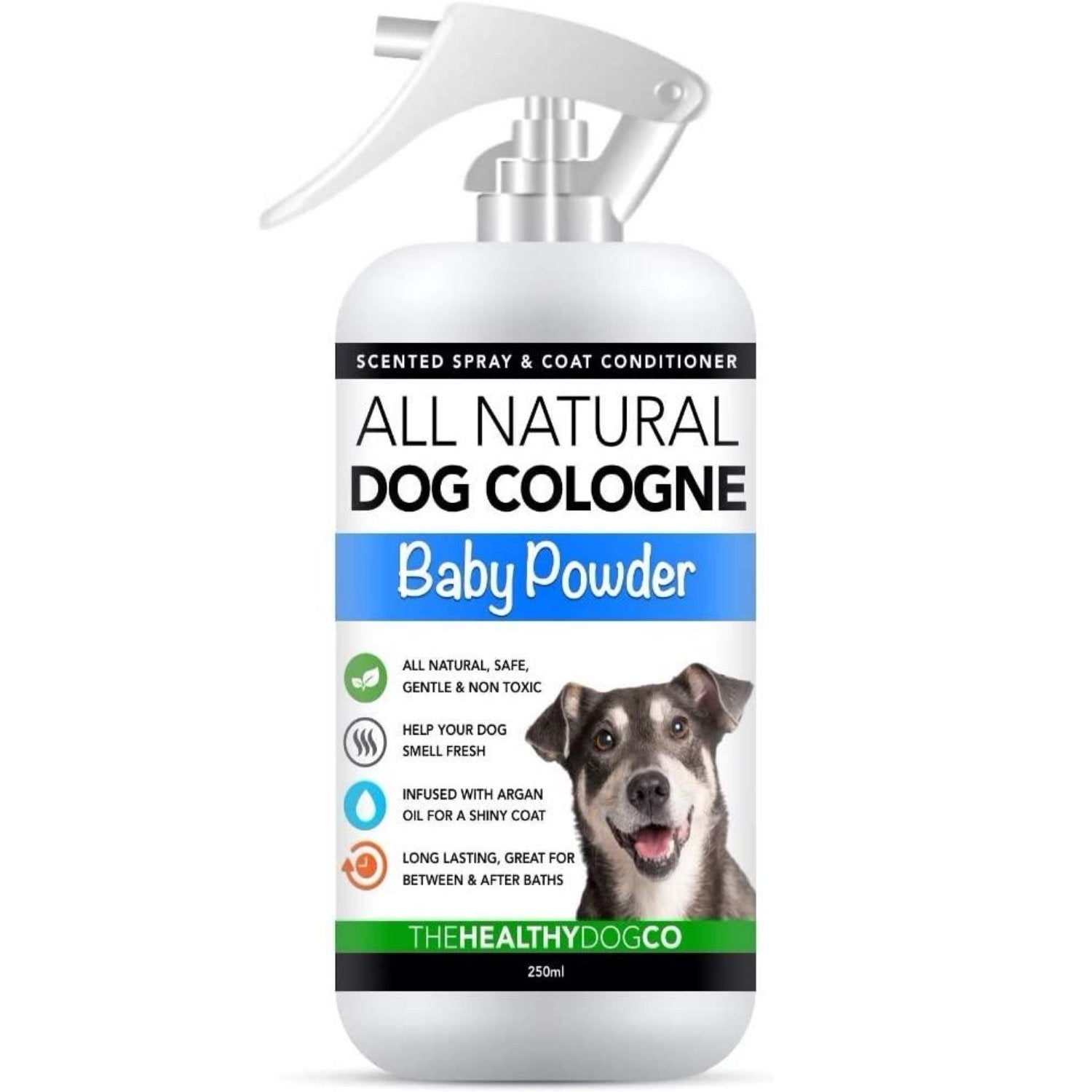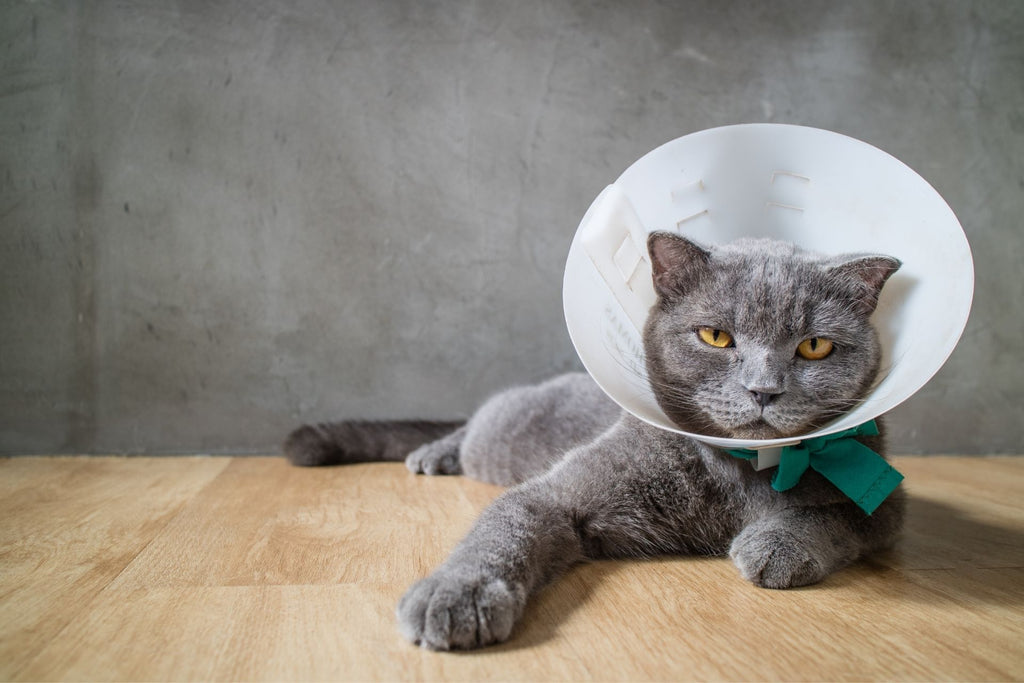
Why is my cat limping?

Have you noticed your cat favouring one of their legs lately? Are they hesitant to jump onto their cat tree, couch, or bed? How do you know if your cat is in pain? You may wonder, “What is causing my cats limping, and do they need to see a veterinarian?”
There are numerous reasons a cat limps. Your cat could have injured themselves, they may have arthritis, or they may have an infection. Some causes of limping are temporary while others are permanent. While some causes of lameness in cats are painful, others may not be.
This article will explain the common reasons why your cat is limping, ways you can help your cat, and when you need to take your kitty to your veterinarian.
Why Is My Cat Limping?
Lameness or limping occurs due to the injury or deterioration of at least one part of the leg – tendons, muscles, joints, nerves, ligaments, bones, or skin. Sometimes the cause of your cat's limping will be obvious. For instance, if your cat has broken their leg, their leg may be at an awkward angle. Other times, such as in the case of ligament or tendon damage, there may be no external signs of the issue.
It's a good idea to start taking some notes about your cat's limping. This will be helpful if you need to take your cat to the vet. Note when you first saw the problem, whether it seemed to come on gradually or suddenly, and any signs that your kitty is in pain.
How to Tell if Your Cat is in Pain
Even if it appears that your cat isn't in any discomfort, that doesn't necessarily mean that your cat is not in pain. Cats are notorious for hiding pain. In the wild, cats must hide signs of weakness or vulnerability to keep themselves safe from predators.
So, how do you tell if your cat is in pain? There are several behavioural changes your cat may display if they are feeling pain. If you notice your cat hiding more than usual, showing a lack of interest in people, other pets, or activities, overgrooming themselves in one spot or neglecting to groom themselves, eliminating outside the litter box, or refusing to jump, your kitty may be in pain. Other signs that your cat may be in pain include aggression or distress when being touched, clingy behaviour, or other personality changes.
Cats who are in pain may breathe more rapidly and shallowly. The heart may beat faster as well. While many people think a purring cat means they are content, purring can be a sign that your cat is in pain. This may be especially true if your cat is purring and exhibiting any other signs of pain.
Symptoms of Cat Limping
You may notice many things about the way your cat walks, sits, moves, or jumps if they are suffering from lameness. If your cat is suffering from lameness, your cat may not put their paws on the floor properly, be unwilling to place weight on a specific leg, cannot walk normally, walk slower than usual, have difficulty walking up or downstairs, stay away from high places they must jump to, or stay away from the stairs. A limping cat may also show signs of pain or discomfort, such as shifting their weight from one leg to the other.
If your kitty will allow you to, examine the affected leg. If your cat has recently injured their leg, you may see a wound, which may be oozing blood or pus. Older wounds may contain scabs or dried blood. You may also see swelling or feel a lump or fluid under the skin with an older wound.
Gently try to move the affected leg to see how flexible it is and how much range of motion your cat has. Never try to move a broken leg. If you feel any resistance, don't force the leg to move; you can cause more damage to the leg by doing so.
Causes of Lameness in Cats
There are numerous reasons for limping and stiffness in cats.
Injuries
There are a plethora of injuries your cat can sustain that result in their limping. Let's examine some of the most common injuries cats get.
Broken Bones
If your cat has a broken bone, you may see swelling or notice the leg is at an unusual angle. If your cat has a compound fracture, you will usually be able to see the broken bone through the skin or the bone coming through the skin. Hairline fractures may not be visible to you, and an x-ray may be needed to see them.
Soft Tissue Damage
Muscle strains and sprains, torn ligaments, and torn tendons are all examples of soft tissue damage in cats, which can result from accidents or falls. In addition to lameness, you may notice swelling, bruising, inability to move a joint, and stiffness if your cat has a soft tissue injury.
Torn Claws and Ingrown Claws
Your cat can break their nails in a few ways. They may break their nail if they get it stuck in a carpet, a scratcher, or on furniture fibres. They can also break their nail if they jump off the counter or their cat tree and land on their foot or toe in such a way that it bends their nail backwards, breaking them off. Older cats' nails can sometimes become so dry that they break off without much provocation.
No matter the cause, a torn claw is quite painful. If your cat has a torn claw, they may hold their paw up and refuse to walk on it. If you see your cat break their nail, you will need to stop the bleeding by wrapping the paw in a towel and applying pressure. If the bleeding doesn't stop within five to 10 minutes, you can use a silver nitrate stick, styptic pencil, or cauterising powder to stop the bleeding. If you don't have these products at home, you can cover the claw with flour or baking powder to try to stop the bleeding.
Ingrown nails can also cause your cat to limp. The dewclaw, the nail that is comparable to human thumbs, is especially prone to growing into a cat's paw pad. While the other nails on a cat's paw hit the ground when they walk, helping to keep the nails trimmed, the dewclaw doesn't touch the floor when a cat walks, making it more likely to grow too long and into the paw pad. You should examine and clip your cat's claws regularly or take them to a groomer or veterinarian for regular claw clippings.
It's important to be especially diligent about claw clipping in senior cats. A cat's nails change as they age. It is common for senior cats to have nails that are thicker, more brittle, and that don't shed as easily, making ingrown nails more likely.
Cuts, Burns, and Bites
These injuries can cause discomfort and pain, leading to cat limping. You will likely be able to see a cut, burn, or bite on your cat if they have one.
Being Declawed Earlier in Life
A cat who has been declawed may limp temporarily or permanently. There is a digital pad next to the claw in a cat's paw. If the digital pad is damaged during surgery, it can develop scar tissue that results in a lot of pain in the paw. The pain could be a long-term issue for your cat and cause them to limp when they walk.
Infection
Your cat's limping can also be caused by infections including abscesses and bacterial infections. If your cat was recently scratched or bitten in a fight, they can develop an internal infection even if their wound appears to be healing from the outside. When another animal scratches or bites your cat, bacteria enter your cat's body through the wound site. While puncture wounds are small in size, they are often deep. When a puncture wound seals up, it traps bacteria in your cat's body.
If the skin is loose around the puncture site, a pocket of pus called an abscess may develop. If the puncture wound is located in a place where the skin is not loose, an infection can spread through your cat's tissues resulting in cellulitis. In either case, you may not notice the infection until you see swelling around the puncture site or see your cat limping.
Cancer
Any tumour that occurs in the right place can make a cat lame. Injection site sarcoma, lung-digit syndrome, and lymphoma are examples of the types of cancer that can cause cat limping.
Leg Deformities
Both congenital and developmental leg deformities can cause lameness in cats. Angular limb deformity and Swimmer Syndrome are two examples of congenital leg deformities in cats.
Arthritis: Arthritis is a degenerative joint disease that makes many daily activities difficult and painful for your kitty. If your cat has arthritis, they may find it difficult to jump to their favourite spot, get into and out of the litter box, climb stairs, and walk.
Arthritis can be difficult for cat owners to detect, especially in the beginning when pain isn't severe, because the signs of arthritis are often subtle. Although it is most commonly seen in older cats, cats can develop arthritis at any age. Several factors contribute to the development of arthritis in cats, such as age, body condition, injury history, nutritional history, orthopaedic surgery, and abnormal joint development.
Hip Dysplasia
Hip dysplasia is relatively rare in cats compared to dogs and humans, but it is another cause of lameness in cats. Hip dysplasia is a genetic malformation of the ball and socket that connects the thigh bone to the hip. The “ball” is the knobby top-end known as the femoral head, and the “socket” is the acetabulum, a cup-shaped cavity found at the lower end of the hip bone.
In a normally-formed ball and socket, the femoral head fits snugly into the acetabulum. However, the femoral head can glide and partially rotate, which allows a cat to stand, walk, jump, lie down, and climb without issue. In hip dysplasia, the femoral head and acetabulum are loose and misaligned, which inhibits the femoral head from moving smoothly. The misalignment causes the femoral head and acetabulum to grind against one another. The constant wear and tear over time leads to an incapacitating looseness of the joint.
If you notice your cat limping, excessively licking at or chewing the hip area, and avoiding physical activity, they may have hip dysplasia. Cats with hip dysplasia may also show signs of pain if you touch their hip area.
Cerebellar Hypoplasia
Cerebellar hypoplasia is a developmental disorder that occurs when the cerebellum doesn't develop correctly. The cerebellum is an area in the brain that controls fine motor skills, coordination, and balance.
Cerebellar hypoplasia can make walking and jumping challenging for cats. The severity of the symptoms depends on how much of a cat's cerebellum was affected.
Luxating Patella
The patella is the kneecap. A cat's kneecap usually sits in a groove known as the trochlear groove, which is located at the end of the femur. The term luxating means dislocated. A cat who is suffering from a luxating patella has a kneecap that is out of place. If your cat has a luxating patella, you may notice them having difficulty jumping and lameness that comes and goes.
Should I Take My Cat to the Vet for Limping?

Is a cat limping an emergency? In most cases, no, but you should take your cat to the vet if you notice them limping. How you treat the limp will depend on what is causing it. Your veterinarian will be able to determine the source of your cat's lameness and help you develop a treatment plan to address it.
If your cat has injured their leg, transport them to the vet carefully. Transporting a cat with an injured leg can make the injury worse. To transport an injured cat to the vet, place it in a pet carrier with the injured leg up. Be sure to support your cat's head and hips while you're placing them in the carrier.
How Do You Treat a Limping Cat?
How you treat your cat's limp will depend on what's causing it. For instance, a broken leg may be splinted, cast, or repaired surgically. A dislocated joint might be put back into place and stabilised with a sling or bandages. Cats suffering from arthritis can take supplements to help manage the condition. Infections can be healed with antibiotics.
Cat Lameness Differences Between Older Cats and Younger Cats
A kitten who limps is likely to have some type of genetic disorder or deformity causing the problem. Older cats are more likely to be suffering from arthritis, though arthritis can occur at any age.
What to Do if Your Cat is Limping
Do not make the mistake many pet owners make – waiting to see if your cat will get better on its own. Waiting can make the underlying problem worse. If you notice your cat limping, make an appointment with your veterinarian for a thorough examination.
If your cat has a broken bone, take it to a veterinary emergency room. Broken bones are not something you can wait to get treated.
Even if your cat is showing signs of pain, you should never give them pain relievers meant for humans. Some of these pain relievers are very dangerous for cats and can even lead to death when ingested.
You should follow your veterinarian's advice for treating your cat's lameness. If your vet prescribes medication, you will need to give it to your cat as directed. If your cat is prescribed antibiotics, finish the course, even if your cat appears to be doing better before the antibiotics are out.
Your vet may recommend exercise restriction for a few days. If your cat is overweight and it is contributing to their mobility problems, you'll need to work with your vet on a weight-management plan. Do not put your cat on a diet without consulting your veterinarian. Your vet can help you formulate a diet plan that meets all of your cat's nutritional needs.
There are several things you can do at home for cats who are suffering from long-term or permanent lameness. Try to make your cat's favourite spots more accessible to them by using pet stairs. Add more litter boxes throughout the house. Make sure you have at least one litter box per level of your home – one box in the basement, one box on the main level, and another on the second floor of your home. Purchase litter boxes with low entrances so that your cat can enter and exit the box more easily.
Make sure your cat can easily access their food and water. Feeding them from elevated dishes eases pressure on their joints, allowing them to eat more easily.
Give your cat soft blankets and beds to curl up in. Put the blankets and beds in spots that are easy for them to get to. Your cat may also enjoy a heated cat bed.
Acupuncture can help relieve pain in arthritic cats. Medical massage and chiropractic care may also be beneficial to a limping cat. Ask your veterinarian about these options. Your vet should be able to refer you to a provider who offers these services in your area.
Physical therapy may benefit some lame cats. It may be especially useful for cats who are born with congenital diseases or deformities and for cats healing from an injury. Physical therapy may include therapeutic exercises and joint mobilisation. Ask your veterinarian for a referral to a specialist who can provide these services in your area.
In addition to these measures, there are supplements you can give your cat that may help them move more easily and reduce their pain. One supplement you can try is our All Natural Happy Joint – Joint Care for Cats & Dogs. This supplement contains green-lipped mussels, turmeric, ginger, cayenne, celery, and flaxseed. It's an all-natural formula with no preservatives, chemicals, or fillers. The formula is gentle and non-toxic, but it is more powerful than glucosamine and chondroitin.
Green-lipped mussel contains anti-inflammatory properties. Green-lipped mussel also has Duran fatty acids and omega-3 fatty acids, which help stop the production of chemicals that cause inflammation. Turmeric and ginger also have anti-inflammatory properties, which help reduce the inflammation and pain associated with cat lameness.
Happy Joint is suitable and beneficial for cats and dogs of all ages. The supplement can help reduce inflammation associated with arthritis. It can also help support the joints of growing cats and dogs.
Dogs and cats enjoy the tasty powder sprinkled on their food. Customers notice an improvement in mobility within a few weeks.
Another supplement you may wish to try is All Natural Joint Genie – For Pet Joint Health & Mobility. Joint Genie contains devil's claw, liquorice, cayenne, turmeric, rosehip, ginger root, and sage. The formula is all-natural, non-toxic, and safe for cats and dogs of all ages.
Devil's claw, rosehip, ginger root, and turmeric contain anti-inflammatory properties. These ingredients help reduce the inflammation and pain often associated with lameness in cats. Rosehip may also be useful in helping heal infections and weight management.
Joint Genie is good for both acute and chronic lameness in cats. The formula is in liquid form, which makes it fast-acting. This supplement is appropriate for cats and dogs of all ages; it supports healthy joints, cartilage, muscles, and tendons. Joint Genie helps cats' and dogs' bodies lubricate their joints naturally
Many customers can attest to how quickly this product works. Many say that the supplement helps after the first dose.
To give this supplement, you can either squirt it into your pet's mouth or put it on their food.
Conclusion
There are numerous causes of limping in cats. If you notice your cat limping or having trouble walking, running, or jumping, don't wait - take them to your veterinarian. Your vet will be able to determine the cause of their lameness and help you develop a treatment plan that is right for your cat.
About The Healthy Dog Co
The Healthy Dog Co’s mission is to create products that dog and cat owners can trust with the health of their pets by only producing products with healthy, safe, all natural ingredients.
At The Healthy Dog Co, it’s all about giving your pet a healthy and happy life with All Natural Health, Happiness and Care Products.
Because Your Pet Deserves Better!
Shop our range of All Natural Healthcare Products for your Dog or Cat today!


